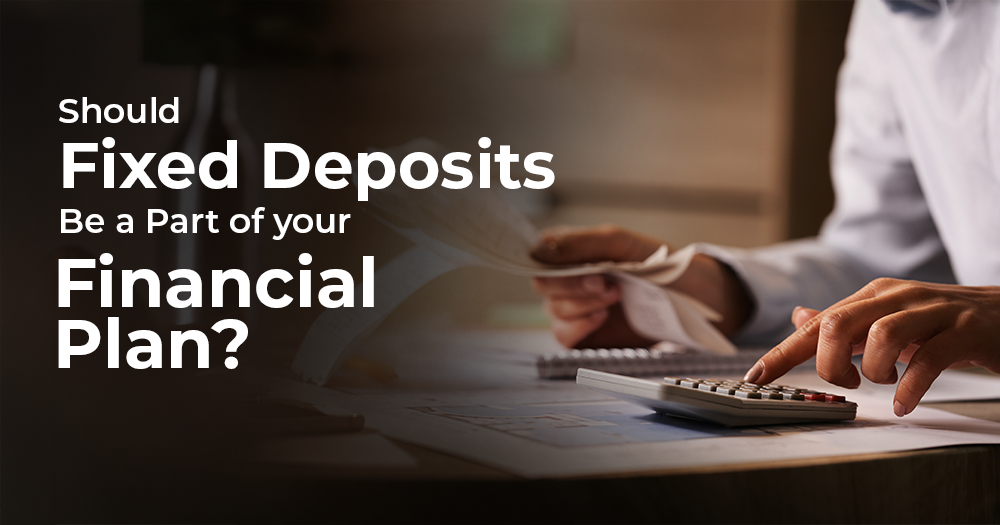Fixed deposits, or FDs, have been a mainstay of the Indian financial landscape for a very long time, and understandably so, with the low risk and guaranteed returns they promise. As you may already know, a fixed deposit is a type of investment offered by banks and financial institutions that allows an individual to deposit a lump sum for a specific period of time. The amount grows at a fixed interest rate that depends on the RBI’s repo rate and the term of the FD, and upon maturity, the individual receives the principal amount with the accumulated interest.
A recent survey of roughly 1.6 million investors, as reported by Financial Express, found that FDs continue to be a popular choice among investors, in part because of their simplicity and the fact that they offer security in the face of market fluctuations — over 44% of respondents had invested in FDs to safely meet money needs three years ahead, and 23% used FDs for creating emergency funds to beat inflation. Clearly, FDs have continued to hold their own, even amidst the plethora of new and potentially–more rewarding options available. In a broader context, FDs also strengthen the banking system and help boost the economy.
When compared to other asset classes, FDs may stand out as a relatively low-risk, low-reward option. The rate of return on the average FD is lower than that of riskier investments like direct equity, mutual funds or bonds. And yet, according to RBI data, 25.5% of gross inflows of household savings were contributed towards bank deposits during the financial year 2021–2022; and in March 2022, total bank deposits in India peaked at roughly USD 2.2 billion.
Investing in an FD might make sense for someone planning for short-term goals, who wants to build an emergency fund, or who is a conservative investor or a retiree. But even then, there are alternatives to consider. Debt mutual funds, for instance, offer higher returns than FDs with similar low risk. Corporate bonds and MLDs (market-linked debentures) too can offer promising returns but come with a concentration risk. Government securities also typically give better returns than FDs, and are made available to retail investors by reducing the ticket size — something not many are aware of — but the individual would need to keep track of their issuance by the RBI.
According to recent reports, the RBI has increased interest rates. This, along with the elimination of tax benefits associated with certain financial instruments in the Union Budget 2023–24 — such as debt mutual funds and MLDs, which could be seen as alternatives to FDs — could make FDs more appealing to investors.
Still, to some young, aggressive or long-term investors, or those who are very sensitive to inflation, FDs might seem like an outdated and unsatisfying option to grow wealth. Apart from relatively low returns, what turns these people away from FDs is the fact that they rarely keep up with inflation in the long run, which can erode returns over the years. Plus, while FDs do offer liquidity — they are available for terms ranging from a few days to several years, and the interest rate increases with the lock-in period — an investor will incur penalty fees if they need to withdraw their funds prematurely. Long-term and non-breakable FDs may not help when funds are needed at short notice.
So, should you invest in FDs? Well, there’s no hard and fast answer — it depends heavily on your financial behaviour, goals and circumstances. If you’ve decided that FDs are for you, make sure to compare FD interest rates across different banks (or seek professional assistance for this), consider splitting your investments between multiple FDs with different term periods to have flexibility during emergencies, and avoid premature withdrawals to protect your returns.







